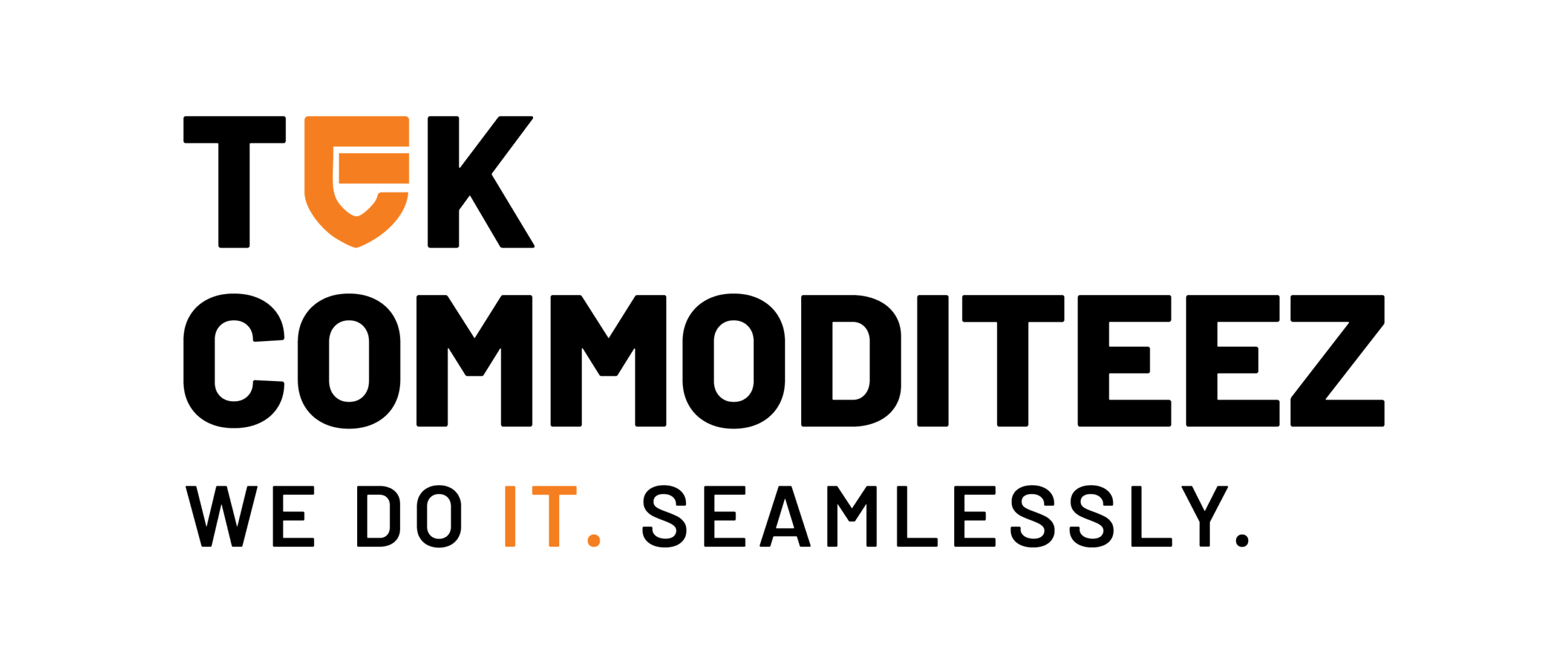Picture this: a finance manager receives a late-night call from the company’s CEO. The voice is urgent, convincing, and commanding: “Wire $250,000 immediately to secure a critical deal.”
The manager obeys—only to discover the CEO never made the call. It was a deepfake voice clone, crafted by AI, used to commit fraud.
This scenario isn’t rare anymore. Businesses worldwide are losing millions to AI-powered impersonation scams.
What Are Deepfake CEO Scams?
Deepfake scams use artificial intelligence to generate realistic audio or video impersonations of trusted executives. Attackers use these synthetic identities to trick employees into:
- Transferring money,
- Sharing confidential information,
- Or bypassing internal policies.
Unlike old-school phishing emails, these scams sound real.
Why It Matters
Deepfake scams strike at the heart of trust inside organizations. When an employee can’t tell if their boss’s voice is real, every instruction becomes suspect.
The consequences include:
- Financial Losses – Millions stolen in minutes.
- Reputational Damage – Loss of client trust if the breach becomes public.
- Internal Confusion – Employees unsure who to trust, slowing operations.
Key Threats to Watch For
- Voice Clones: AI trained on short voice samples to impersonate speech patterns.
- Video Fakes: Real-time video impersonations during calls or conferences.
- Urgent Scenarios: Attackers use urgency to force quick action.
- Multi-Channel Attacks: Combining emails, calls, and even fake video to add credibility.
Opportunities and Defense Strategies
You don’t have to be helpless against deepfake scams. Practical defenses include:
- Multi-Channel Verification: Require confirmation through a second, secure channel before approving financial or sensitive requests.
- Staff Training: Educate employees to recognize deepfake red flags (unusual requests, urgency, background distortions).
- Authentication Protocols: Use passphrases or secure codes for executive-level approvals.
- Technical Detection: AI tools that analyze audio/video for anomalies.
Action Step
Every company should:
- Review financial approval processes.
- Train staff to pause and verify unusual instructions—even if they “sound” real.
- Implement voice verification and two-factor approval for sensitive transactions.
Don’t Wait Until It’s Too Late
Deepfake scams are growing fast, and attackers are getting bolder.
👉 If you suspect you’ve been targeted by a deepfake scam or want to test your defenses before it happens, Contact us now. Better safe than sorry.

